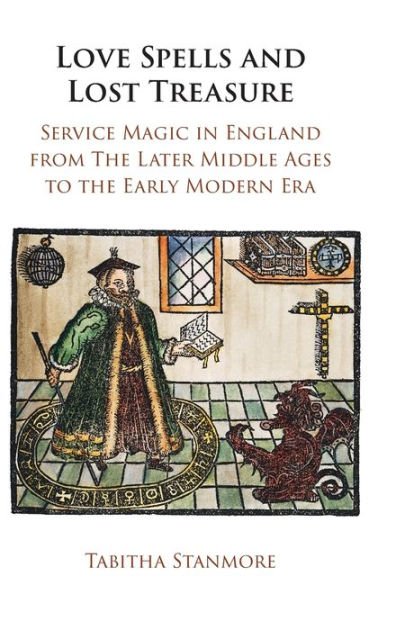Cunning Folk: Life in the Era of Practical Magic
Cunning Folk transports us to a time when magic was used to solve life’s day-to-day problems – as well as some of deadly importance.
It’s 1600 and you’ve lost your precious silver spoons, or maybe they’ve been stolen. Perhaps your child has a fever. Or you’re facing trial. Maybe you’re looking for love or escaping a husband. What do you do? In medieval and early modern Europe, your first port of call might well have been cunning folk: practitioners of magic who were a common, even essential part of daily life, at a time when the supernatural was surprisingly mundane.
Charming, thought-provoking and based on original research, Cunning Folk is an immersive reconstruction of a bygone world by an expert historian, as well as a commentary on the beauty and bafflement of being human.
“Absolutely fascinating”
Praise for Cunning Folk:
“Fascinating . . . opens a window into another world”
“Spirited and richly detailed”
“I adore Cunning Folk. A truly fascinating and human book”
“A brilliant book, written with wit and vigour”
“Charming”
Love Spells and Lost Treasure: Service Magic in England from the Later Middle Ages to the Early Modern Era
Cambridge University Press, 2022
Magic is ubiquitous across the world and throughout history. Yet if witchcraft is acknowledged as a persistent presence in the medieval and early modern eras, practical magic by contrast – performed to a useful end for payment, and actually more common than malign spellcasting – has been overlooked. Exploring many hundred instances of daily magical usage, and setting these alongside a range of imaginative and didactic literatures, Tabitha Stanmore demonstrates the entrenched nature of 'service' magic in premodern English society. This, she shows, was a type of spellcraft for needs that nothing else could address: one well established by the time of the infamous witch trials. The book explores perceptions of magical practitioners by clients and neighbours, and the way such magic was utilised by everyone: from lowliest labourer to highest lord. Stanmore reveals that – even if technically illicit – magic was for most people an accepted, even welcome, aspect of everyday life.
Praise for Love Spells and Lost Treasure:
“This is an innovatively conceived, well researched, and engagingly written book. It marks an extremely important intervention in the field of magic studies and presents not just a remarkable set of conclusions but also a compelling model for others to follow”
“The attention paid by the author to both magicians and clients is a strength of this volume. Her detailed discussion of popular practices – such as the use of clay balls, and of sieves balanced on shears – is very engaging.”

